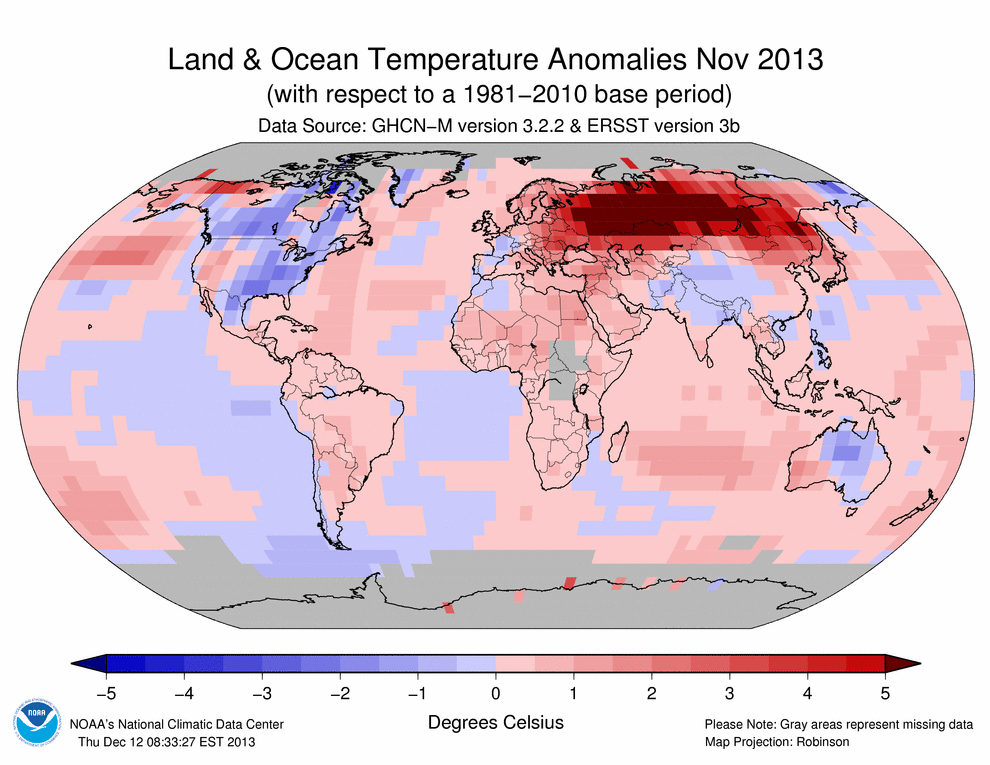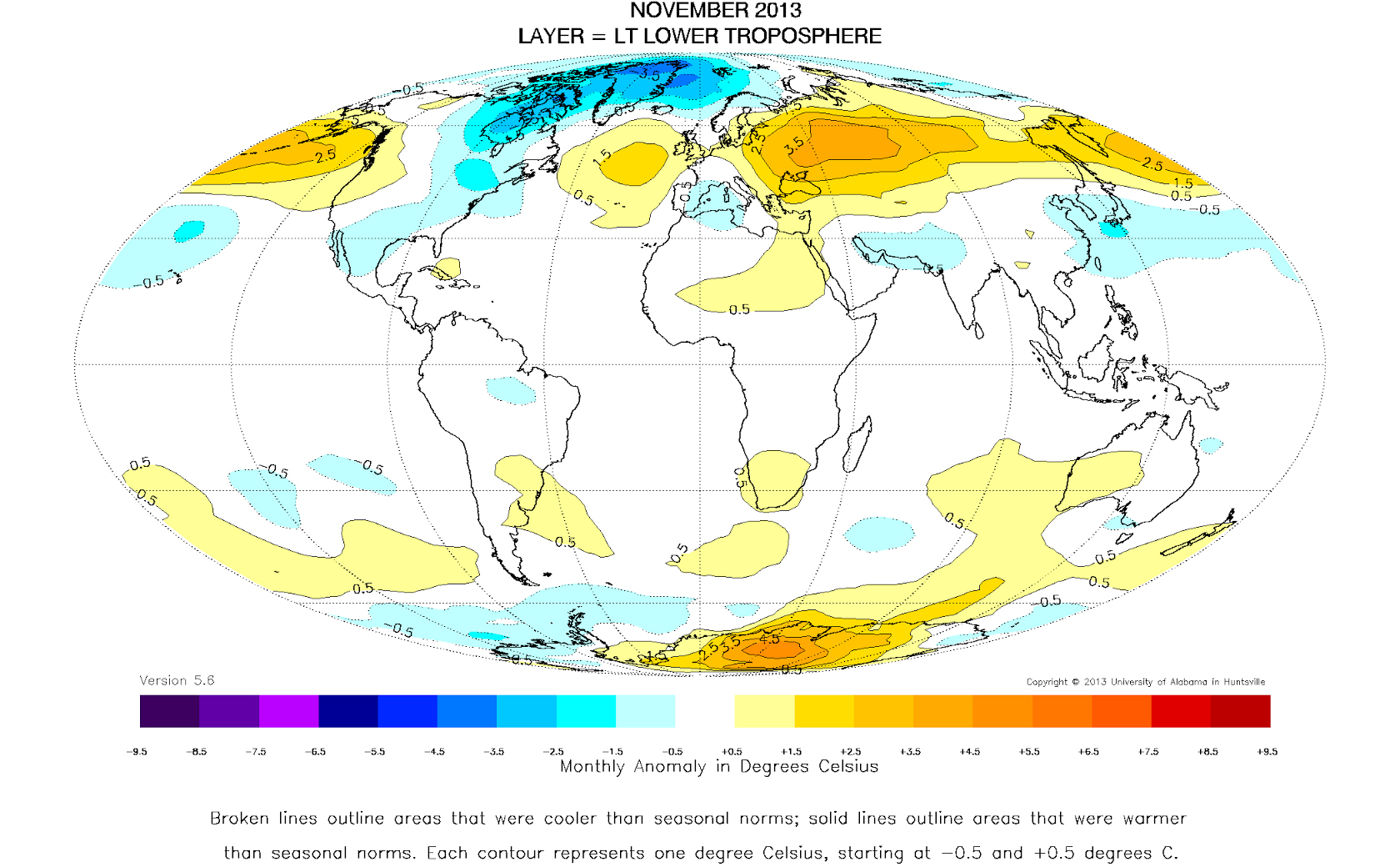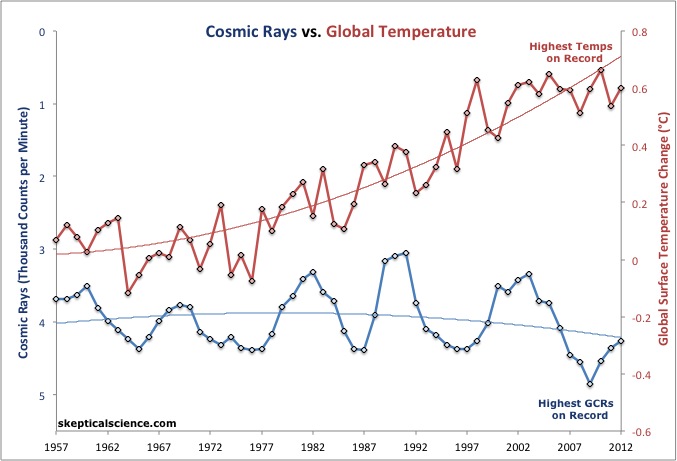ScienceRocks
Democrat all the way!
- Thread starter
- Banned
- #61
What is weird about this year is NOT the US but how cool the arctic is. ALL the warm air is over eastern Russia.
Canada is much colder then avg and Greenland is -3 to -5c colder. Russia is +10 to +14c warmer.
http://models.weatherbell.com/climate/ncep_cfsr_t2m_anom.png
Canada is much colder then avg and Greenland is -3 to -5c colder. Russia is +10 to +14c warmer.
http://models.weatherbell.com/climate/ncep_cfsr_t2m_anom.png
Last edited:






